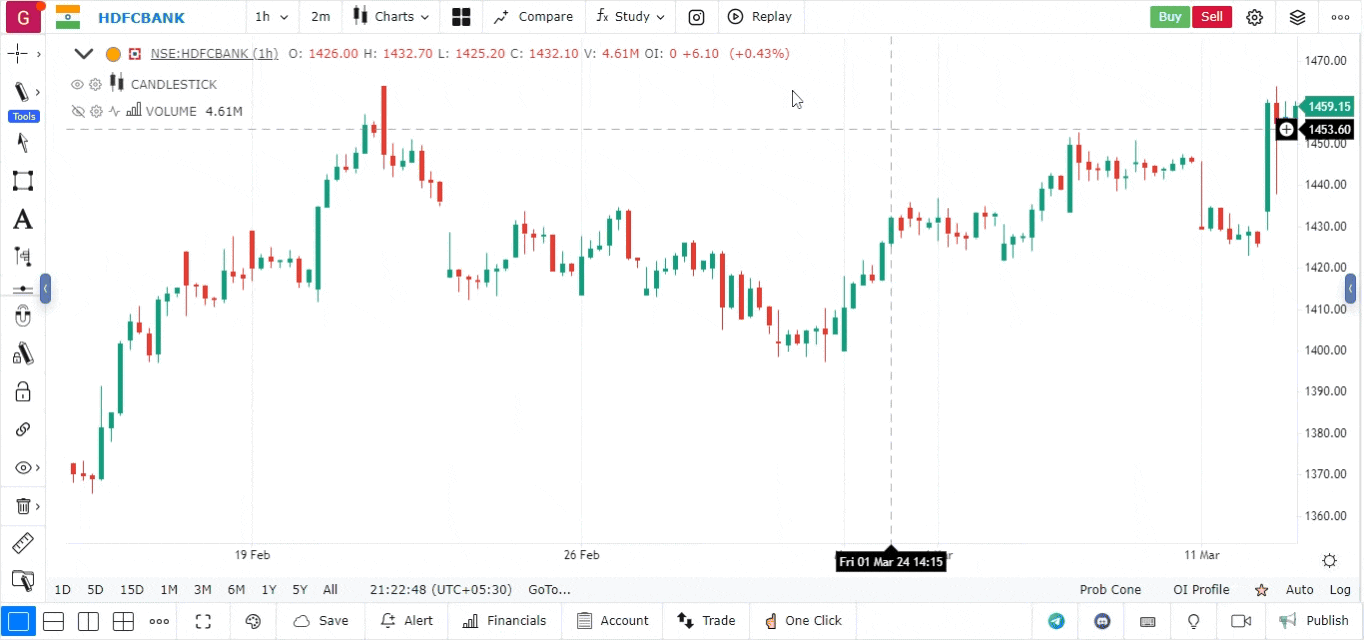Choppiness Index
The Choppiness Index is a technical analysis tool designed to measure the market’s trendiness or choppiness. Developed by Australian trader E.W. Dreiss, the Choppiness Index helps traders identify whether the market is in a trending phase or a consolidating phase. This information is crucial for making informed trading decisions.
Overview of the Choppiness Index
The Choppiness Index is calculated using a formula that incorporates the highest and lowest prices over a specified period. The resulting value ranges from 0 to 100, where lower values indicate a trending market and higher values suggest a choppy or sideways market.
Key Features of the Choppiness Index
- Trend Detection: The Choppiness Index helps identify whether the market is trending or consolidating, which can guide trading strategies.
- Range of Values: The index ranges from 0 to 100, with values below 38 indicating a strong trend and values above 61 suggesting a choppy market.
- Versatile Application: The Choppiness Index can be used across various timeframes, making it suitable for different trading styles, including day trading and swing trading.
- Complementary Tool: It works well in conjunction with other technical indicators, enhancing the overall trading strategy.
How to Use the Choppiness Index
-
Open the platform:
- Log in to your account.
- Load the chart for the asset you want to analyze.
-
Select the Timeframe:
- Choose a suitable timeframe that aligns with your trading strategy (e.g., daily, hourly).
-
Add the Choppiness Index:
- Go to the Indicators section in the platform interface.
- Search for the Choppiness Index.
- Click to add the indicator to your chart.

-
Interpret the Indicator:
- The Choppiness Index will appear as a line below your price chart.
- A value below 38 indicates a strong trend (bullish or bearish), while a value above 61 suggests the market is consolidating or choppy.
-
Make Trading Decisions:
- In trending markets (below 38), consider following the trend and entering trades in the direction of the trend.
- In choppy markets (above 61), consider avoiding new trades or employing range-trading strategies.
-
Combine with Other Indicators:
- Use the Choppiness Index alongside other indicators (such as Moving Averages or MACD) for better confirmation of trading signals.